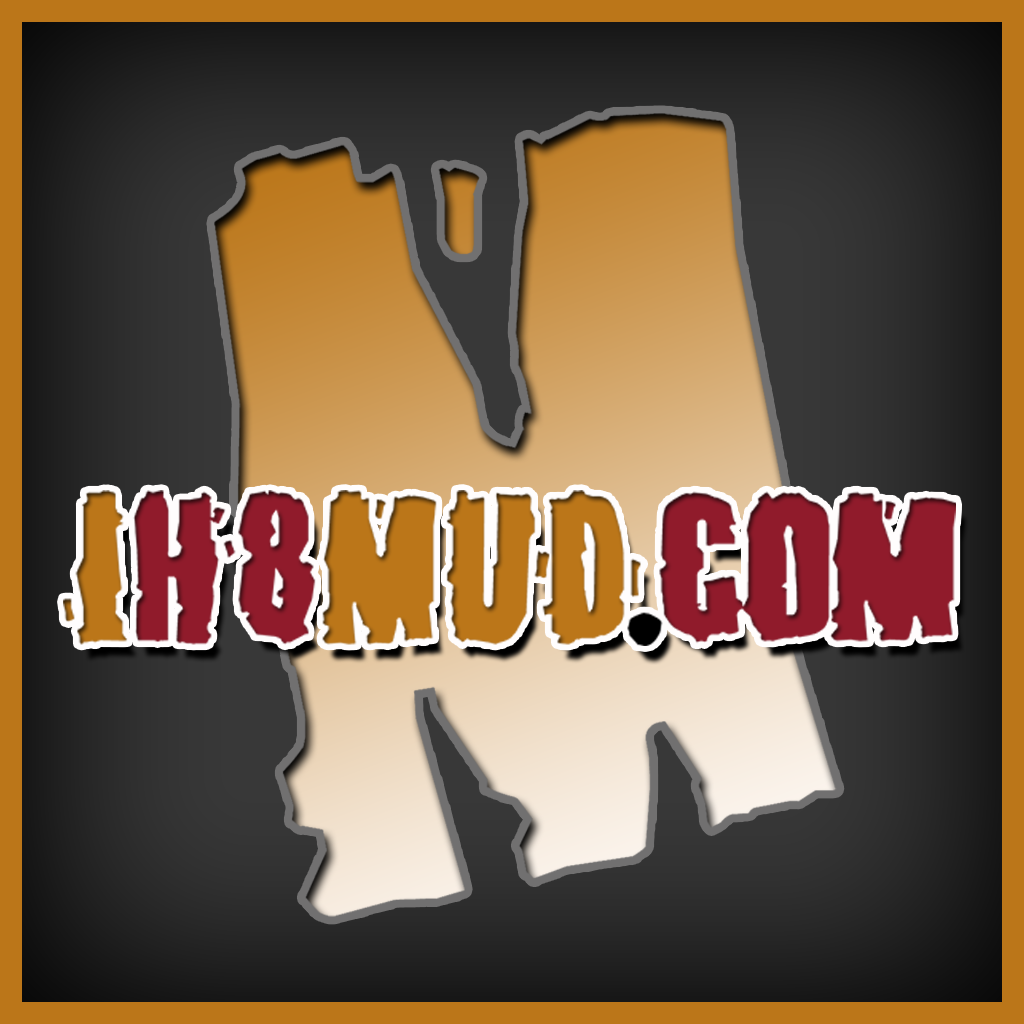GTV
SILVER Star
As far as I know the front hubs haven't been touched on my rig (aka the Unicorn) since @2001LC did all of his magic about 96k miles ago. I know, I've put them off for way too long. Recently I started hearing some occasional light squeaking from the left front so I pretty much stopped driving it until I could get to it. Today is the day I'm finally getting to it. I purchased new bearing kits from Cruiser Outfitters for the job.
BTW this is my first rodeo with 100 series hubs...
I decided to start with the passenger side since the drivers side also needs an inner CV boot and it hasn't arrived yet.
As expected with Paul's work, everything looks like it was done by Toyota themselves. No surprises. Spindle and bearing races cleaned up very well. It looks nice enough to me that I'm tempted to clean it all up, repack, install the new inner seal & lock tab and call it good. I can save the new bearings and races for another day.



Or since I'm here should I just pound the races out and install all new races/bearings? I haven't opened up the drivers side yet and it was the squeaky one... So how do I judge this? Treat each side as an individual and give it only what it needs or do a complete job to both hubs? I'm attempting to do one side at a time because I don't have a lot of space to work with.
Also, when does it become necessary to remove the hub from the rotor? I am going to get the rotors turned while I'm doing this job, I suppose that means they need to come off?
I appreciate your guidance mud!
BTW this is my first rodeo with 100 series hubs...
I decided to start with the passenger side since the drivers side also needs an inner CV boot and it hasn't arrived yet.
As expected with Paul's work, everything looks like it was done by Toyota themselves. No surprises. Spindle and bearing races cleaned up very well. It looks nice enough to me that I'm tempted to clean it all up, repack, install the new inner seal & lock tab and call it good. I can save the new bearings and races for another day.
Or since I'm here should I just pound the races out and install all new races/bearings? I haven't opened up the drivers side yet and it was the squeaky one... So how do I judge this? Treat each side as an individual and give it only what it needs or do a complete job to both hubs? I'm attempting to do one side at a time because I don't have a lot of space to work with.
Also, when does it become necessary to remove the hub from the rotor? I am going to get the rotors turned while I'm doing this job, I suppose that means they need to come off?
I appreciate your guidance mud!


